Culture of Peru, Peru, a country nestled on the western edge of South America, is a land of extraordinary cultural richness. Its history stretches back thousands of years, encompassing ancient civilizations, European colonization, and a diverse blend of indigenous, African, and Asian influences. Peru’s culture is a vibrant tapestry woven from these threads, offering a fascinating glimpse into the past and present of a nation that has left an indelible mark on the world.
Historical Roots:
Peruvian culture is deeply rooted in its ancient past. The region now known as Peru was home to several pre-Columbian civilizations, with the most notable being the Inca Empire, which flourished in the Andes mountains from the 15th century until the arrival of Spanish conquistadors in the 16th century. The Incas left an indelible mark on the country’s culture, and their engineering marvels, such as Machu Picchu, continue to be celebrated as symbols of their achievements.
After the Spanish conquest, Peru became a colony of the Spanish Crown for over 300 years. This period of colonization had a profound impact on the country’s culture, introducing Catholicism, the Spanish language, and European customs.
Cultural Diversity:
Peru is a remarkably diverse country, both geographically and culturally. Its geography spans from the arid deserts of the coast to the lush Amazon rainforest, with the towering Andes Mountains cutting through the centre of the country. This diversity in landscapes has led to a wide array of cultural practices and traditions in different regions.
The people of Peru are equally diverse. The majority of the population identifies as mestizo, a mix of indigenous and European heritage. However, significant indigenous communities, such as the Quechua and Aymara, maintain their distinct languages and traditions. In the Amazon rainforest, various indigenous groups live in relative isolation, each with its own unique way of life.
The coastal regions, including Lima, the capital, are influenced by the Afro-Peruvian culture, which emerged from the African slaves brought to Peru during the colonial period. This influence is evident in the vibrant music and dance forms, such as marinera and the famous Afro-Peruvian rhythms like the zamacueca.
Cuisine:
Peruvian cuisine is celebrated worldwide for its diversity and exquisite flavours. The country’s culinary scene has gained international recognition in recent years, with Lima being dubbed the gastronomic capital of South America. The fusion of indigenous ingredients, European techniques, and Asian influences creates a unique and delectable experience.
Ceviche, a dish of fresh seafood marinated in citrus juices, is a Peruvian speciality that has gained global popularity. The traditional dish of lomo saltado combines stir-fried beef, onions, and tomatoes with soy sauce, reflecting the Chinese influence in Peru. Anticuchos, skewered and grilled meats, highlight the Peruvian love for barbecue.
Peru is also famous for its diverse potato varieties and the spicy aji pepper, used in a variety of sauces. The fusion of flavours in Peruvian cuisine is a reflection of the country’s rich cultural heritage.
Music and Dance:
Music and dance are integral to Peruvian culture. The folk music of the Andes, characterized by the use of panpipes, flutes, and traditional string instruments, reflects the indigenous heritage of the region. Huayno and the more celebratory marinera are popular traditional dance forms in the Andes.
On the coast, Afro-Peruvian music and dance, such as the zamacueca and festejo, have a distinct African influence, with rhythm and percussive elements taking centre stage. In the Amazon rainforest, the jungle’s rhythms blend with indigenous traditions to create a unique musical tapestry.
The world-famous marinara dance is a graceful and lively representation of Peruvian coastal culture. The dance involves colourful costumes and intricate footwork, often accompanied by lively music and song.
Religious Celebrations:
Religion plays a significant role in Peruvian culture, with the majority of the population being Catholic. Religious festivities and processions are a common sight throughout the country, particularly during Holy Week (Semana Santa) and Christmas. These events are a fusion of Catholicism with indigenous rituals and traditions, resulting in colourful and deeply symbolic celebrations.
One of the most renowned religious festivals is the Inti Raymi, the Festival of the Sun, which pays homage to the Inca god Inti. This celebration takes place in Cusco and includes elaborate rituals, dances, and processions.
Languages and Literature:
The official languages of Peru are Spanish and Quechua, with many indigenous communities speaking their own languages. Peruvian literature has a rich tradition, with authors like Mario Vargas Llosa, who won the Nobel Prize in Literature in 2010, gaining international acclaim for their works. Vargas Llosa’s writing often delves into complex social and political themes, reflecting the intricate layers of Peruvian society.
Natural Beauty and Outdoor Activities:
Peru is celebrated for its stunning natural beauty, making it a haven for outdoor enthusiasts and eco-tourism. The Andes offer opportunities for trekking, including the famous Inca Trail that leads to Machu Picchu. The Amazon rainforest provides a unique and diverse ecosystem, while the coastal regions offer opportunities for surfing and beach exploration. Lake Titicaca, the world’s highest navigable lake, is a unique and captivating destination.
Peru’s diverse geography and rich biodiversity provide an ideal environment for bird watching, hiking, and wildlife exploration. The country’s natural wonders are a testament to the importance of conservation and sustainable tourism.
Festivals and Traditions:
Peru hosts a multitude of vibrant festivals and traditions throughout the year. The Fiesta de la Candelaria in Puno, near Lake Titicaca, is one of the most elaborate and colourful celebrations, featuring traditional dances, music, and intricate costumes. The Qoyllur Rit’i festival, held at high altitudes in the Andes, is a pilgrimage that blends Catholic and indigenous traditions, celebrating the appearance of Christ to an indigenous boy.
Visual Arts and Architecture:
Peruvian visual arts and architecture showcase the country’s rich cultural history. Pre-Columbian art and artefacts, such as Moche pottery and Nazca textiles, are preserved in museums and offer insights into ancient Peruvian civilizations.
In the colonial cities of Lima, Cusco, and Arequipa, Spanish architecture is prominent, with well-preserved colonial-era buildings, churches, and monasteries. Cusco, in particular, is known for its stunning blend of Inca and Spanish architecture, evident in its historic centre.
Challenges and Opportunities:
Like many countries, Peru has faced its share of economic and political challenges. Poverty and inequality persist, particularly in rural and indigenous communities. Nevertheless, Peru has made significant strides in economic development and poverty reduction, and its natural beauty and cultural heritage provide opportunities for tourism and economic growth.
In conclusion, Peru’s culture is a captivating tapestry of history, diversity, and tradition. The ancient Inca civilization, Spanish colonial influence, and the country’s rich cultural diversity have created a multifaceted society that continues to celebrate its heritage while looking toward the future. Peru’s cuisine, music, and dance reflect the spirit of its people, and its natural beauty offers an ideal backdrop for outdoor adventures and exploration. As Peru continues to evolve and address its challenges.


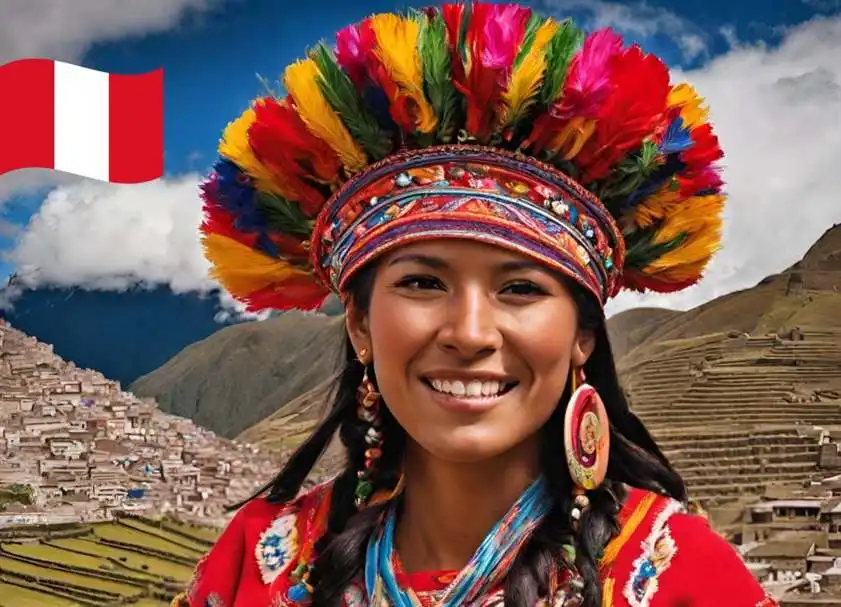
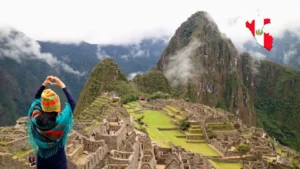
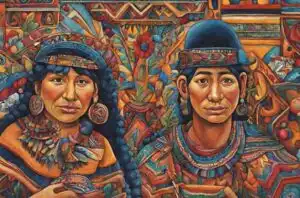
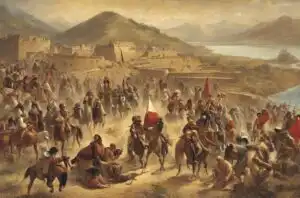
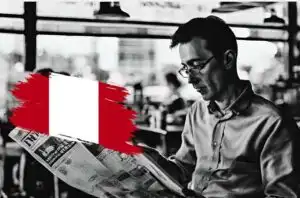
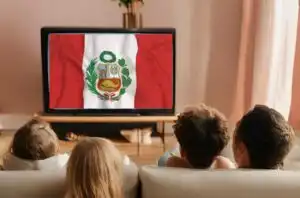
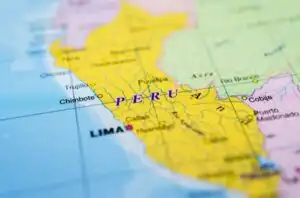
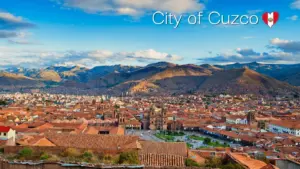
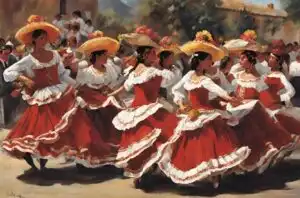

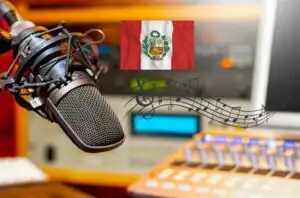



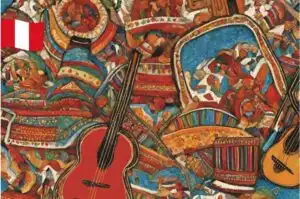
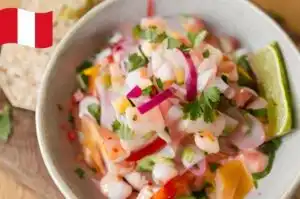

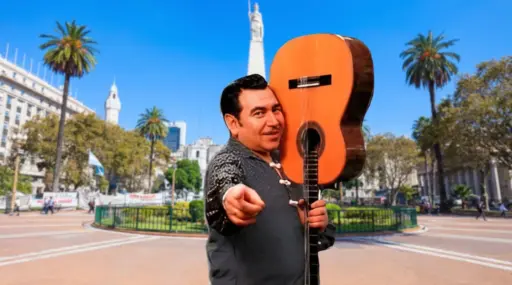
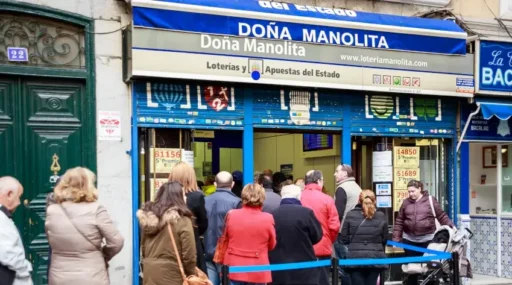
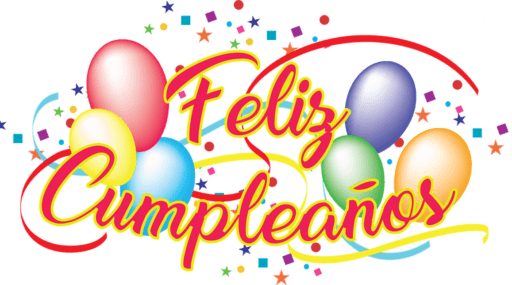
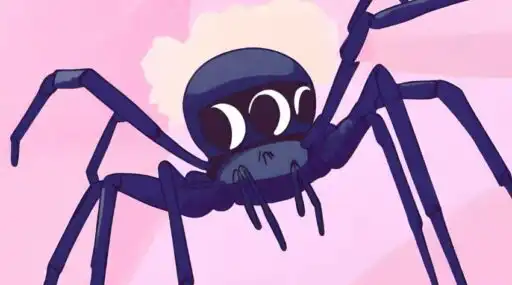
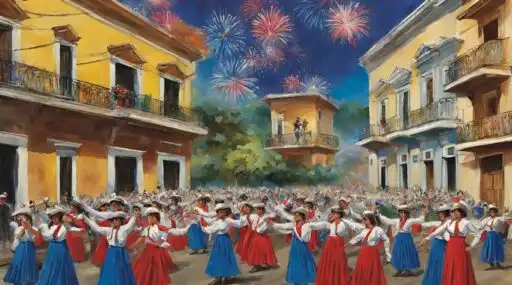
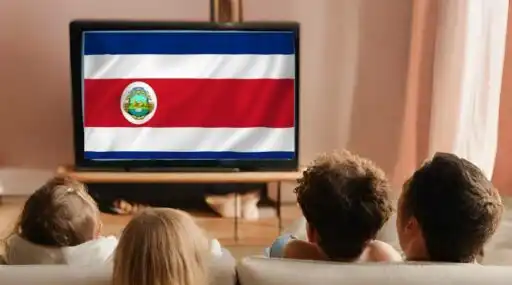
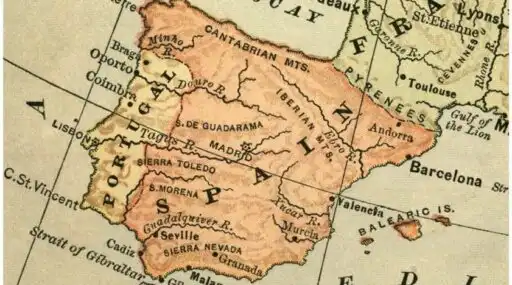
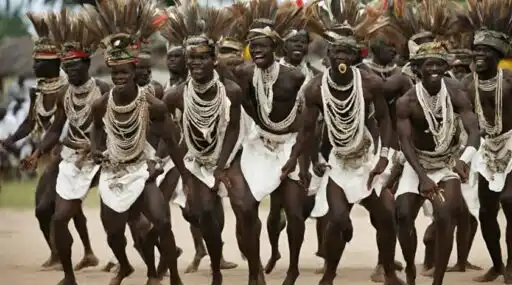
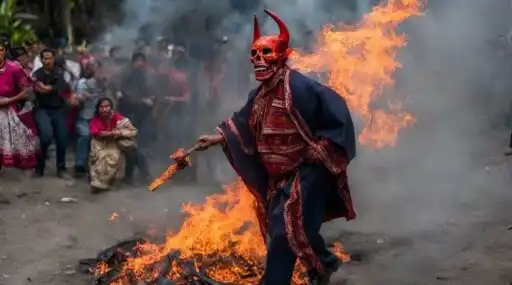
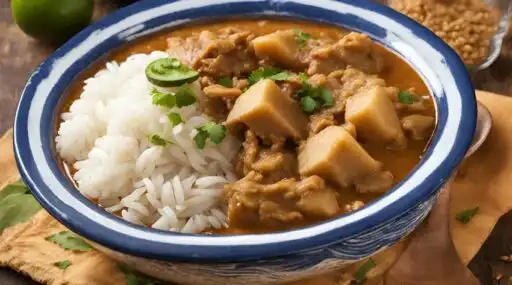

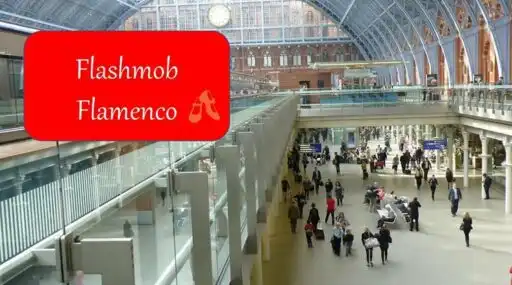
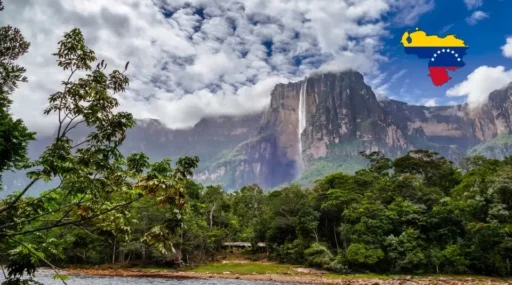

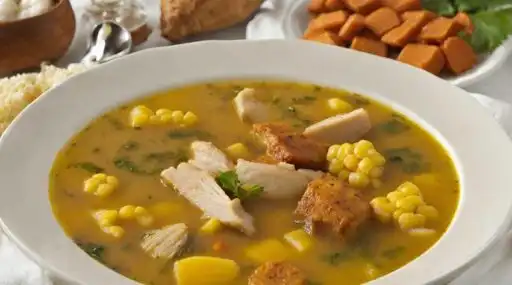


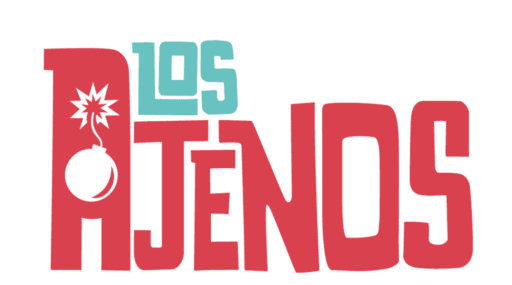
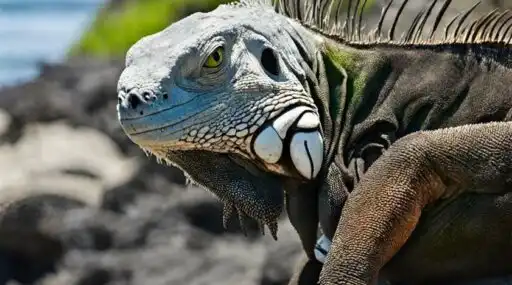
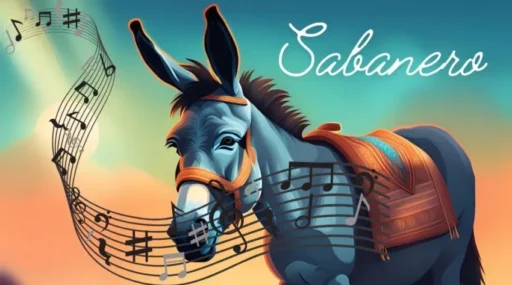

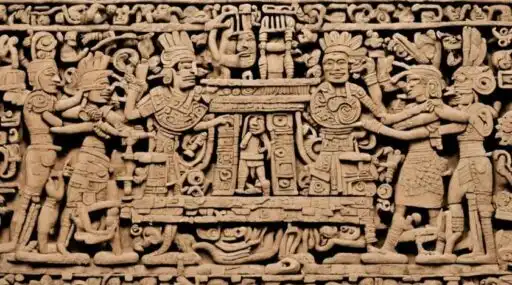
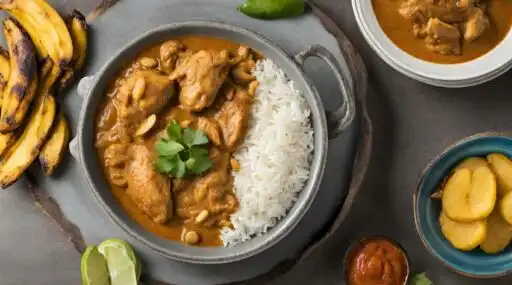
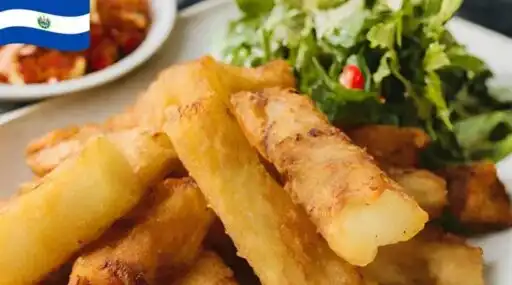

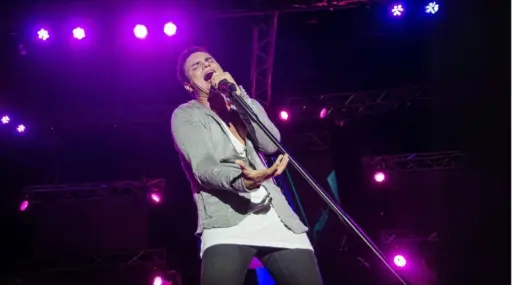
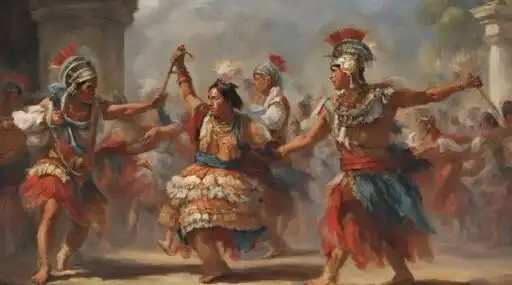
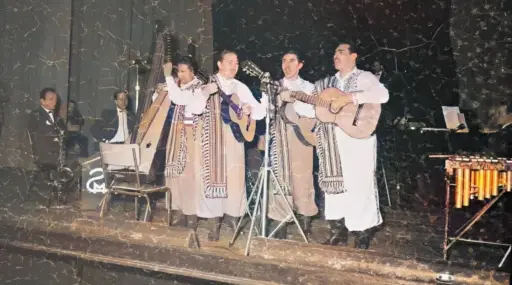
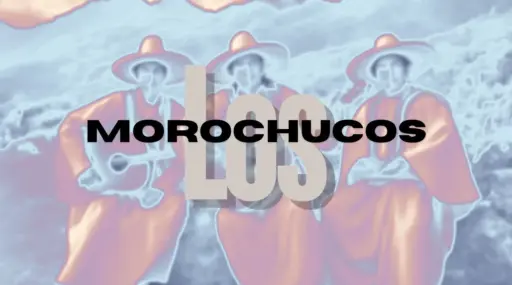
Leave a Reply